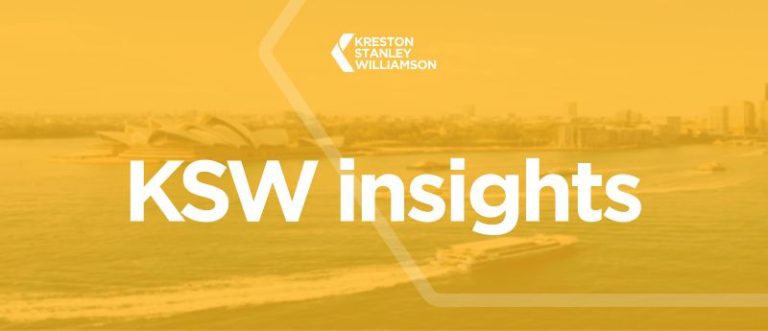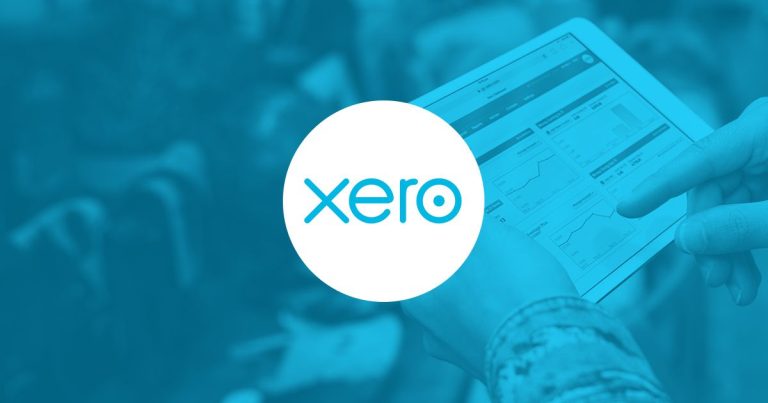JOBKEEPER PAYMENT – WHAT DOES IT ALL MEAN?
On Monday, March 30, the government unveiled an additional support package to assist businesses in Sydney facing a significant decline due to the ongoing coronavirus pandemic. The objective is to encourage these businesses to retain their staff during this challenging period.
Known as the Jobkeeper Payment, this subsidy provides a fixed fortnightly payment of $1,500 per eligible employee, starting from March 30, 2020, and continuing for a maximum duration of six months. Accountants in Sydney can take advantage of this initiative to help navigate the financial aspects of the programme.
Eligibility
To be eligible for the subsidy, most businesses will need to have suffered a reduction in turnover of more than 30% relative to the same period (of at least a month) last year. For businesses with a $1 billion or more turnover, turnover must have reduced by more than 50%.
Current full-time, part-time, or long-term casual employees (long term is defined as employed for more than 12 months) that were employed as of 1 March 2020, including those that have been stood down or re-hired, are eligible, provided:
- They are at least 16 years old;
- Are an Australian citizen, hold a permanent visa, or hold certain Special Category visas; and
- Are not in receipt of a JobKeeper Payment from another employer.
How Does It Work
Employers
Employers that meet the eligibility criteria should register their intention to claim. This is done via the ATO’s website here. In most cases, the ATO will use data from Single Touch Payroll to pre-populate employee details for each business. Employers must also continue to provide information to the ATO monthly to ensure they remain eligible for the incentive throughout the 6 months. This will presumably be done through Single Touch Payroll and related forums with the ATO.
From 30 March, employers must ensure that each eligible employee receives at least $1,500 per fortnight (before tax). This will sometimes be more than the employee earned before the JobKeeper Payment commenced. Casual employees may fall into this category. If this is the case, the employer is to pay the employee the amount over their current wage level up to the balance of $1,500 per fortnight. This is funded by the new incentive received from the government. Where this is the case, employers can pay superannuation on the additional wage.
The employer must notify all eligible employees (including ex-employees) that they will receive the JobKeeper Payment. For employees receiving less, this will ensure that they understand why their wages differ from what they had previously received and clarify that it is not a permanent change. Ex-employees will also be advised of the payments so they can adjust their affairs (including entitlement to Centrelink payments) to consider the new extra payment.
Employers will receive the first payment from the ATO in the first week of May, but it will be backdated to 30 March 2020. We expect this will be a cash payment by direct credit to the business’s bank account rather than an offset against tax liabilities, but we await further details to be released to confirm this.
In summary, in early May, employers will receive $1,500 per fortnight, backdated to 30 March, for all employees employed as of 1 March 2020, whether they are still employed now or not. For those employees not employed now, the business will be responsible for paying the $1,500 per fortnight they receive to their ex-employee. This will continue while the business remains eligible until 30 September 2020.
Self-employed
As mentioned above, self-employed people can also register their interest in applying for JobKeeper Payment, assuming they satisfy the turnover decreases in their own businesses. We assume this will apply to self-employed people trading as sole traders, partnerships, trusts and private companies.
These businesses must nominate an individual to receive the payment, provide their Tax File Number, and provide a declaration of recent business activity. They will also need to update the ATO monthly to declare their continued payment eligibility. The same flat $1,500 per fortnight amount is applicable.
Employees
If your employer still employs you, the new measures will not affect you much. You will continue to receive your wages from your employer. The new incentive will be paid to your employer to help meet the payment of your wages.
If you have been made redundant or stood down since 1 March but were employed on 1 March, your ex-employer will receive the $1,500 per fortnight, and they will be required to pass this on to you. The timing of this is as per the above. This amount will be counted as income in your hands when working out whether you are entitled to Jobstart or similar Centrelink payments.
As the JobKeeper will take around 5 weeks from now to receive, you will need to decide whether you should claim the Centrelink payment to survive now, knowing you may have to pay it back when you get paid the JobKeeper amount in May (which is backdated to 30 March). You should receive some communication from your ex-employer that they have advised the ATO of your eligibility and that you will receive funds in early May.
One thing that you should remember is that if you have been made redundant or stood down from a business that is not eligible for the incentive (i.e. they did not have turnover decrease by more than 30% from the same time last year), then you will not be eligible for the payment as an ex-employee of that business.
As a Business, What Should You Do Now?
- Estimate the downturn in the turnover of your business by comparing your forecast income over the next few months with the same period last year. You will be an eligible employer if you expect it to be down by at least 30%. If you need help with this, contact your client manager at Stanley & Williamson, and we’ll be happy to assist;
- If you think you are eligible, you should register your interest in the JobKeeper Payment here;
- If you’ve stood down or retrenched staff since 1 March, and you’d like to keep them on your books for when business resumes, contact them to offer to re-hire them under the JobKeeper Payment system. You might have already started receiving calls from these employees; if not, they’re likely to call soon. You should try to be in a position to advise them whether you’re eligible quickly. Treasury has released some information for employees that you might wish to direct them to;
- If you are reinstating some of your team, ensure their new arrangement complies with the relevant workplace laws and is appropriately documented. In particular, even though the employee may have received a redundancy, this does not stop you from being able to source this incentive for them. There are some issues to be considered here, and a new engagement letter for their new “rehire” may be prudent. This may need to cover the length of the rehire as the government incentive payment only lasts 6 months, so you would have to ensure that you were still in a position to be able to afford them at the end of the 6 months before you would even consider keeping them on past that date. Lots of water to go under the bridge between now and then! We encourage you to review the information on the Fair Work website or consult a suitably qualified professional to clarify any HR or Industrial Relations issues. We can refer you to one if you don’t already have one;
- Advise eligible employees that they are receiving JobKeeper Payment. You should also ask them to confirm that they are not receiving a JobKeeper Payment from any other employer and that they are Australian citizens, permanent residents, or hold an eligible Special Category visa.
Below we have outlined the specifics of what we know about the new JobKeeper Incentive released yesterday. It has only been released as a Press Release at the moment. We have had to put the information together based on what is on the Treasury website and what has been discussed in various press conferences and radio interviews since.
Not ideal, obviously, but that is all the information we have at the moment, and we wanted to get the basic details of the new Incentive out to you as soon as possible. Parliament is being recalled to debate and finalise the legislation to enact this new Incentive. That will only happen, at the earliest, later this week or early next week. By the time the uncertainties are debated and resolved, we would not expect the final clarifications on the new law till the middle of next week.
Some issues will need to be clarified that we have become aware of already, including:
- Is the Subsidy taxable to the employer? We think it will be as the payments it is to cover will be tax deductible (i.e. regular salaries);
- What happens with employees who have been paid out of their full redundancy entitlement? Do they receive the payment as we advance? The current information would suggest yes;
- What is the prudent method to “rehire” the ex-employees? Do you cover with a new engagement letter? What happens at the end of being able to access the concession, and you no longer receive the incentive to pass it on to the ex-employee? What is the process to terminate the arrangement if you cannot afford to pay them out of your own funds after that date? This could be in 6 months’ time when the incentive ends or before that if the business is no longer eligible for the payment as turnover has increased above the level required to be eligible.
Kreston Stanley Williamson Team
*Correct as of March 2020
Disclaimer – Kreston Stanley Williamson has produced this article to serve its clients and associates. The information contained in the article is of general comment only and is not intended to be advice on any particular matter. Before acting on any areas in this article, you must seek advice about your circumstances. Liability is limited by a scheme approved under professional standards legislation.














